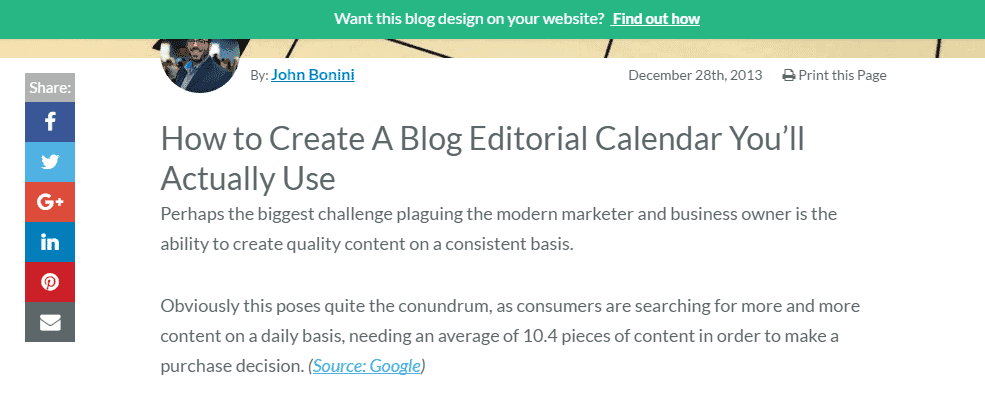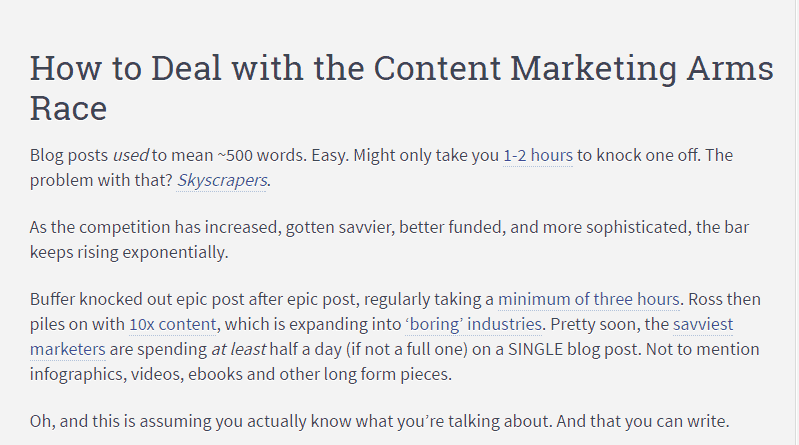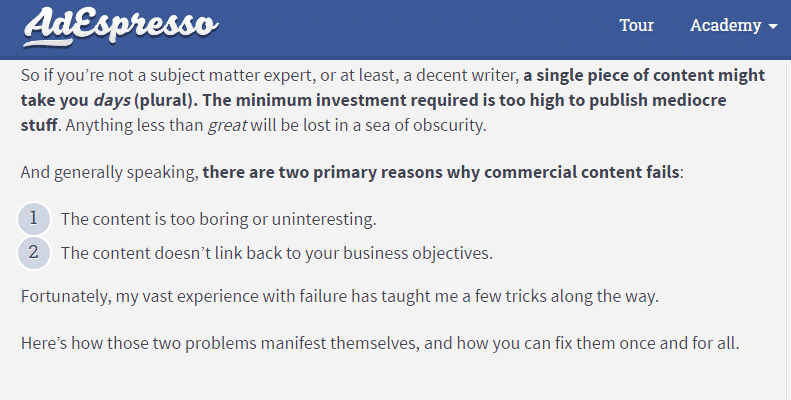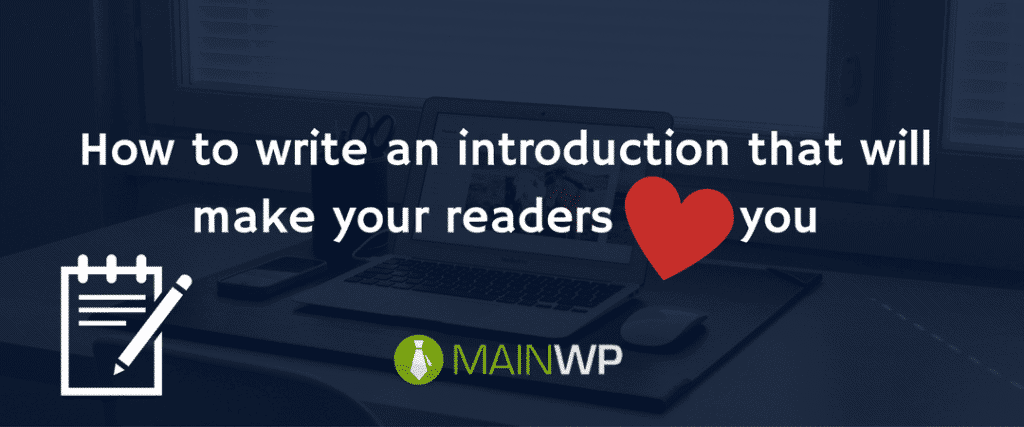It happened to me again today.
I work at a coffee shop downtown in my little town where I enjoy the best coffee and some community. Kyle, the shop owner, wants it that way.
A few months ago, the same store hosted a coffee brewing class. I signed up. I don’t spend a lot of extra money, so, I figured I would do something fun.
The other person in the class was a guy named Scott. Scott is a “salt of the earth” type of guy. I really enjoyed the coffee brew class with Scott.
We became friends. Not really close friends, but we chat every time he walks into the coffee shop.
I learned from one of the baristas that he used to be a missionary. He is often reading his Bible when he comes to the store.
It all makes sense to me really.
Today, we were chatting briefly.
And it happened again.
“So, what is it you do?”
I admit it; I have a hard time answering that question. My default answer to this question is “web stuff” because I do so many different things.
Maybe I should say I am a WordPress entrepreneur. That is my new favorite title.
Each one of you is a WordPress entrepreneur. You solve business problems using WordPress.
Finding your pitch
My friend Samantha Hartley was the first person I heard talk about having a pitch.
My work in startup communities has given me more insight.
Basically, a pitch is the two or three sentences that describe what you do and the target audience you reach.
To be great at networking, you have to have a pitch.
Essentially, a pitch is an introduction.
Each blog post needs to have an introduction, a pitch.
You get just a few seconds to convince people to keep reading your post.
First, you need a good headline, then, you need a great introduction.
What are some ways you can create good introductions?
We will take a look at three different ways you can write a good introduction. To be sure, there are far more, but I wanted to introduce three with some examples so that you can begin implementing them immediately.
Three ways to hook readers with an introduction
Story that connects
Most people love stories. Stories connect at a deeper, more emotional level.
I like to go to movies.
Spoiler Alert – I saw Magnificent Seven over the weekend. The story is as old as David and Goliath. The bully comes to town and takes what he wants, along come some strangers; they help the town.
I won’t say any more than that for those of you who have not seen the movie.
Most of us have experienced someone who has bullied us. Most of us understand the frustration, the anger, and the fear of that kind of abuse.
Using a story is a fantastic way to connect with your audience immediately.
Stories usually contain regular elements. A story has a protagonist, an antagonist (the bad guy), a crisis or adversity, and the part where the protagonist overcomes.
Note: This is how I summarize elements of a story. Different folks do it different ways.
The key is to use the story to segway to your article. A story can inspire, inform or initiate.
If you aren’t able to find a segway to your blog post topic, then you need to find a different story.
One of the best ways to find stories is to read, watch movies, and listen to stories wherever you can. What this means is that you will need to pull yourself out of writing code for a while.
It’s okay. We all need a break anyway, right?
Grab attention with data points or unusual facts
One way to hook a reader’s attention is with unusual facts or as I call them, data points.
Unusual facts and data points can help you get the reader’s attention or even challenge a preconceived notion.
Here is an example:
If the average person in America blinks about 8 million times per year, then that person will blink almost 680 million times during his or her lifetime.
I took some interesting information and did a little math to bring up a fact many people might not think about.
The key is to build a bridge from the fact to your article, just like with using a story.
Nevertheless, the shocking or unusual fact will help hook a reader for your post.
Here is a great example from IMPACT Brand and Design.

As you can see, the author leads with information about how much content a person needs to see to make a purchase decision.
Copywriting Formula – PAS
Copywriters are more than just good writers with grammar. There are a lot of good writers, but few can be good copywriters.
Everyone who writes, however, can take advantage of copywriting formulas.
There are a lot of formulas, but the PAS copywriting formula is one of the easiest to remember and implement. It is especially a good formula to use in a blog post.
PAS stands for problem, agitate, solve (I keep using solution, so there must be something to that).
The copywriter uses this formula to create direct sales copy pages as well as on landing pages.
The first step of the formula is a problem. In this step, the writer will identify the problem that the reader is having.
The second step is to agitate. Here, the writer stirs the problem a little bit more.
The final step is solve. The writer provides the solution, a product or service, to help solve the original problem.
It is one of the best formulas to use for a blog post because it is most natural. You can hook the reader by showing you understand the problem they are having.
The fantastic formula is also good for social media sharing as Demian Farnworth points out at Copyblogger.
The PAS formula is executed well in this post by Brad Smith on AdEspresso.com.
He starts with the Problem.

He adds on the agitation. Boy does he agitate the problem.

Then, the rest of the post he identifies the problems and ways to solve them.
You guessed it, one of the tips was the PAS formula.
Recapping
Three ways you can create better introductions include a story that connects, unusual data points, and the PAS Copywriting formula. These techniques can be implemented today.
There are several other ways to improve your introduction writing. At the end of the post, I have included some articles for further reading.
What are some the techniques you have used to write more engaging introductions? Have you ever tried any of these tactics? Which ones? Let us know in the comments below.
Further reading:
https://coschedule.com/blog/blog-post-introductions/
https://smartblogger.com/writing-formulas/
https://neilpatel.com/2016/02/24/the-ultimate-guide-to-writing-blog-post-introductions/
https://www.bloggingwizard.com/write-captivating-blog-post-intros/
https://www.quicksprout.com/2016/07/25/a-step-by-step-guide-to-writing-a-compelling-article-introduction/
https://www.michaeldpollock.com/open-your-blog-post/
https://www.copyblogger.com/blog-post-opening/







